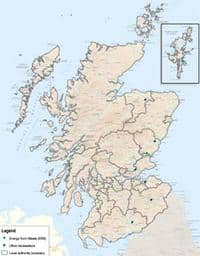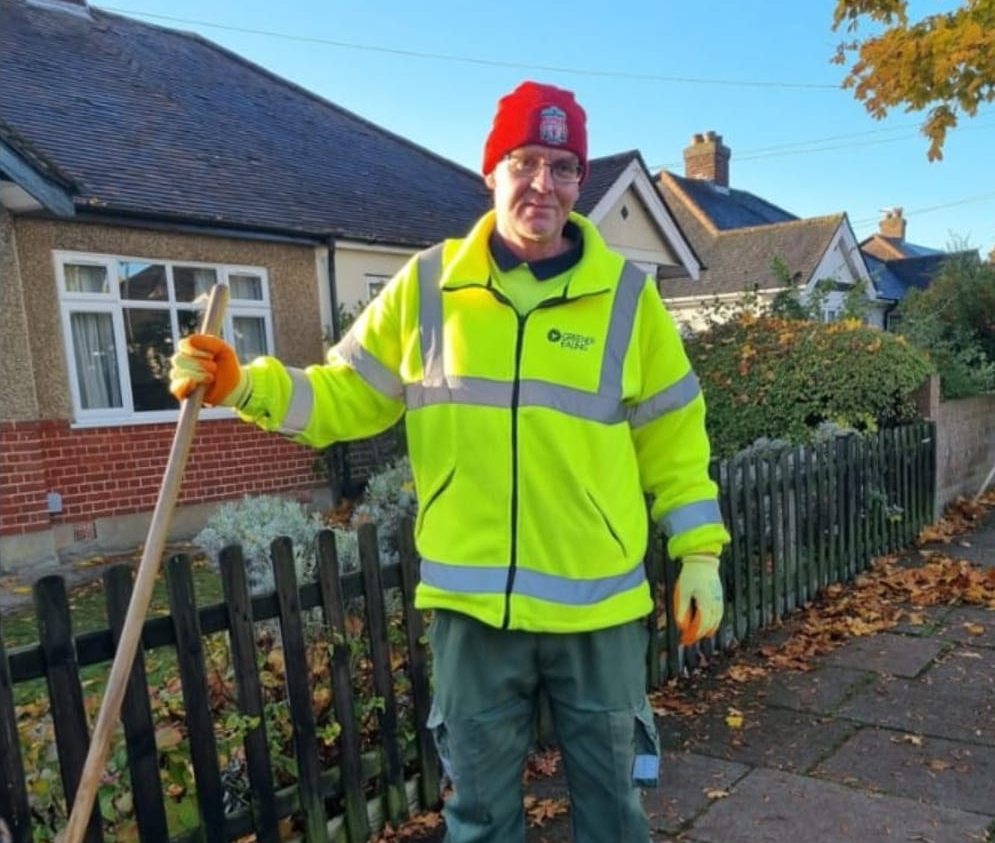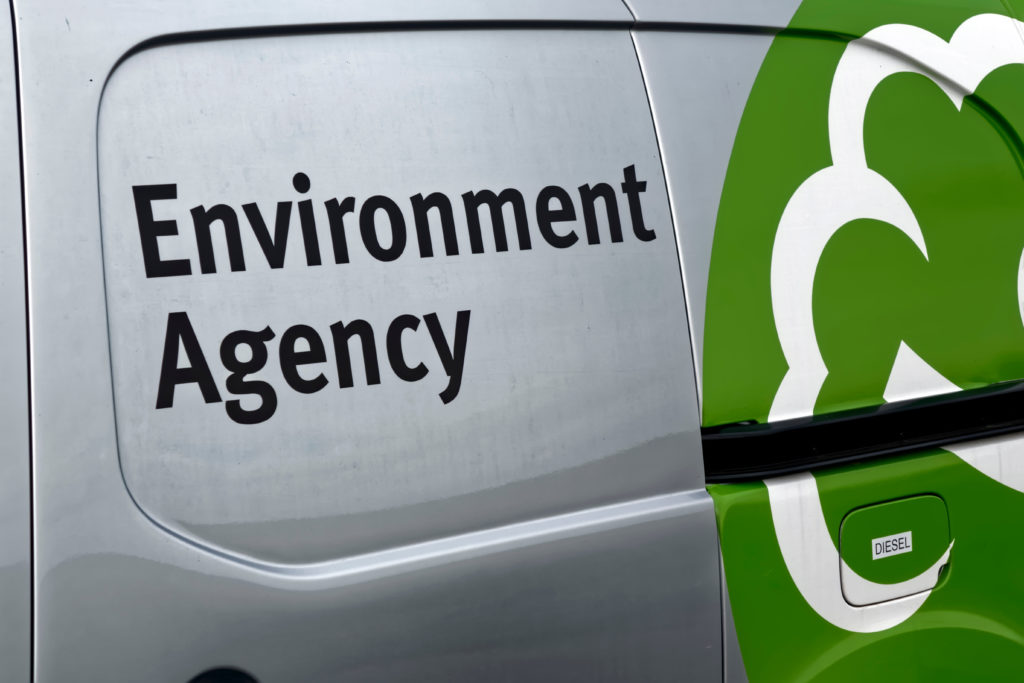The information, which is available on the website of the Scottish Government's environmental watchdog SEPA, is intended to be used by the Government, local authorities and developers to identify future planning needs and business opportunities.
The maps cover both national and local authority levels and show the location of existing facilities, as well as information on the types and quantity of waste treated at each site.
Campbell Gemmell, chief executive of SEPA, said: “These maps are important and useful on several levels. Not only will they allow SEPA to further streamline its planning advice but they will also provide a wealth of publicly available information on waste and recycling facilities.
“This will be a real asset for the other key players in Scotland's planning system, in national and local government, the development sector and local communities right across Scotland.”
Maps
The maps are constructed using data from the 2008 National Capacity spreadsheets published by SEPA in November 2009, which identified the existence of 37,843,490 tonnes of operational waste capacity in the country, with 17,864,064 tonnes of waste accepted during the year.
The national map offers a broad indication of existing waste facilities – highlighting landfills, energy-from-waste plants and other incinerators, and pet cemeteries and pet crematoria.
The local authority map, meanwhile, give a more comprehensive breakdown of operational licensed and permitted waste management facilities, such as: landfills; energy-from-waste plants and other incinerators; civic amenity sites; transfer stations; metal recyclers, including end-of-life vehicle and authorised treatment facilities; composting sites; anaerobic digestion plants; and, other treatment sites.
Environment secretary Richard Lochhead said: “These maps, teamed with local waste data, will enable local authorities to identify sites for the future green infrastructure required for Scotland to increase recycling and divert waste from landfill. They will also identify opportunities for businesses to invest in these required developments.”
Mr Lochhead added: “SEPA's infrastructure maps are a timely example of the building blocks needed to help Scotland on the road to becoming a zero waste society.”
SEPA stressed that the maps currently use data from 2008, but will be kept as up to date as possible.









Subscribe for free